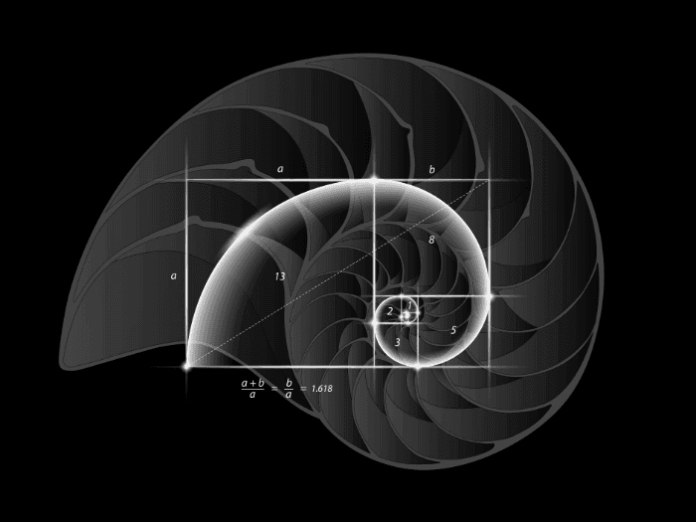A sequence is defined as an ordered list of numbers following a certain pattern. The numbers included in the sequence are called terms. The sequences include arithmetic sequences, geometric sequences, harmonic sequences, and Fibonacci sequences. A Fibonacci sequence, also known as Fibonacci numbers, is a set of numbers in which each successive number is equal to the sum of its two predecessors. For example, the next term in the sequence (5,8,13,21) after 21 can be found by adding 13 and 21 together.
The next term in this example is 34. In this case, we define the sequence by using two separate parts, such as kick-off and recursion. A Fibonacci series is a set of numbers that starts with a one or a zero, followed by a one, and continues according to the rule that each number (referred to as a Fibonacci number) equals the sum of the two preceding numbers
Contents
Fibonacci sequence:
The Fibonacci Sequence is given as:
Fibonacci Sequence = 0, 2, 2, 4, 6, 10, 16, 26…..
Here, the third term “2″ is obtained by adding the first and second terms. (i.e., 0+2 =2)
Similarly,
“4” is obtained by adding the second and third term (2+2 = 4)
“6″ is obtained by adding the third and fourth terms (2+4 =6) and so on.
The formula for the Fibonacci series:
With F 0 as 0 and F 1 as 1, the Fibonacci number sequence “F n” is defined in the following way:
F n = F n-1 + F n-2
The kick-off part is F 0 = 0 and F 1 = 1
The recursive relation part is F n = F n-1 + F n-2
It is noted that the sequence starts with 0 rather than 1. So, F 5 should be the 6th term of the sequence.
List of Fibonacci series:
In the Fibonacci sequence, the 20 first terms are as follows:
0, 1, 1, 2, 3, 5, 8, 13, 21, 34, 55, 89, 144, 233, 377, 610, 987, 1597, 2584, 4181.
The golden ratio for the Fibonacci series:
It is widely believed that the Fibonacci Sequence is closely related to the Golden Ratio. We know that 1.618034 is roughly equivalent to the Golden Ratio value. This symbol is “φ”. Fibonacci numbers, which are two successive numbers, have ratios that are close to the Golden ratio. For example, when we take 8 and 13 as the two successive Fibonacci numbers. The ratio between 8 &13 is:
13/8= 1.625
Take another pair of numbers, say 55 & 89, the ratio of 55 and 89 are:
89/55 = 1. 6181
If any pair of Fibonacci numbers have a larger value than that of the Golden Ratio, then it is very close to the Golden Ratio. Therefore, one can find the Fibonacci sequence using the Golden Ratio. Using the Golden Ratio, you can calculate the Fibonacci numbers as follows:
Xn = [φ n – (1-φ)n ]/√5
Where,
Φ is the Golden Ratio, which is approximately equal to the value of 1.618
N is the nth term of the Fibonacci sequence
Examples:
- Find the Fibonacci number when n = 7, using recursive relation.
Ans: The formula to calculate the Fibonacci Sequence is: Fn = Fn-1+Fn-2
Take: F0=0 and F1=1
Using the formula, we get
F2 = F1+F0 = 1+0 = 1
F3 = F2+F1 = 1+1 = 2
F4 = F3+F2 = 2+1 = 3
F5 = F4+F3 = 3+2 = 5
F6 = F5+F4 = 5+3 = 8
F7 = F6+F5 = 8+5 = 13
Therefore, the Fibonacci number is 13.
If you want to study the Fibonacci sequence in a more detailed manner, you can visit the Cuemath website and get access to the best content related to mathematical problems and concepts.









